Spain, a land steeped in history and culture, is home to some of the world’s most prestigious wine regions. From the rolling hills of La Rioja to the rugged landscapes of Ribeira Sacra, Spain’s wine regions offer an array of flavors and experiences that captivate wine enthusiasts and casual drinkers alike. The heart of Spain’s wine industry lies in its diverse grape varieties, such as the bold Tempranillo grapes, the elegant Cabernet Sauvignon, and the aromatic Sauvignon Blanc, each contributing to the rich tapestry of Spanish wines. The sun-drenched Mediterranean Sea and the majestic Cantabrian Mountains create microclimates that nurture the vineyards, while the UNESCO World Heritage Sites dotting the landscape tell a story of a wine tradition dating back to Roman times. Whether you’re savoring the robust reds from the Rioja region, indulging in the crisp whites of Rías Baixas, or exploring the unique flavors of wines from the central plateau of Castilla-La Mancha, Spain offers a wine journey like no other. With the higher-altitude vineyards in northern Spain and the ancient fishing villages along the coast providing a stunning backdrop, Spanish wine regions are not just about delicious wines; they are about a deep connection with the land, history, and local cuisine.
Exploring the Rioja Wine Region
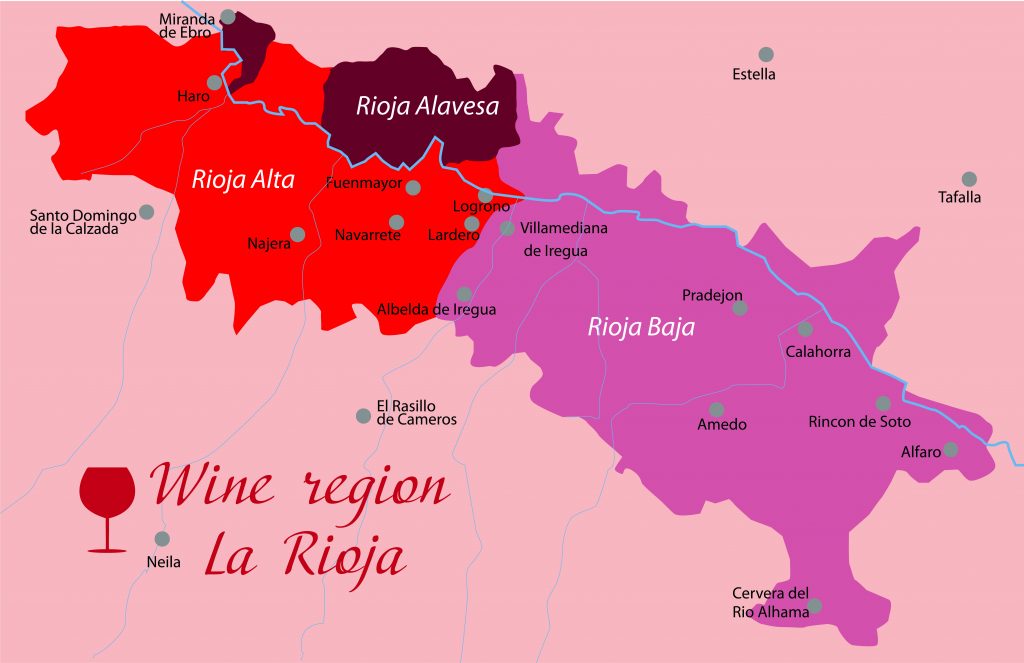
One of the most famous wine regions in Spain is Rioja. Located in the northern part of the country, along the Ebro River, Rioja is known for its exceptional red wines. The region is divided into three sub-regions – Rioja Alta, Rioja Alavesa, and Rioja Oriental – each with its own microclimate and terroir.
The Unique Characteristics of Rioja Wines
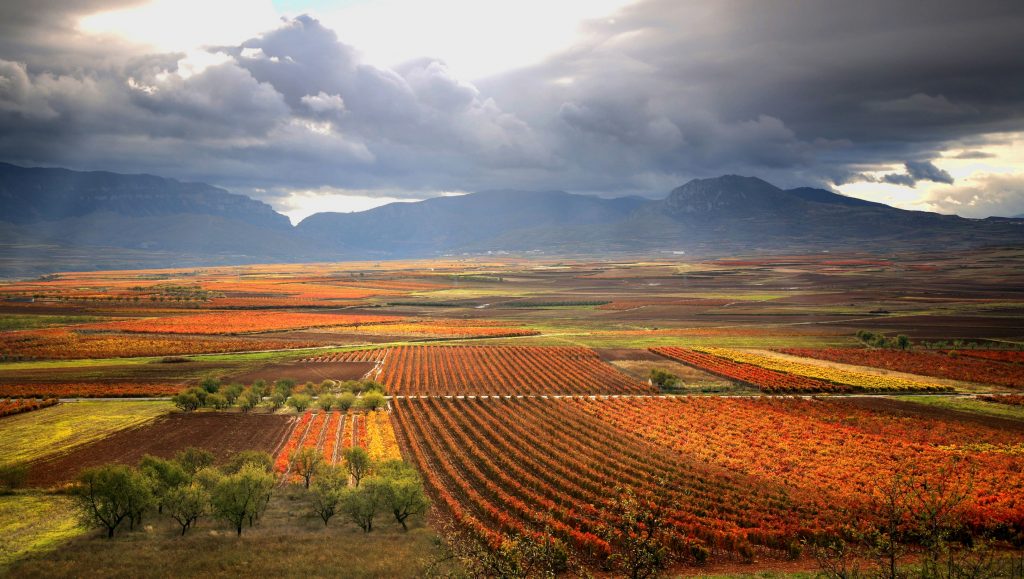
Rioja wines are primarily made from the Tempranillo grape variety, which thrives in the region’s clay and limestone soils. These wines are known for their deep color, complex aromas of red fruits and oak, and a balanced acidity that gives them a long aging potential. In recent years, Rioja has also seen an increase in the production of white and rosé wines, adding diversity to its portfolio.
The Ribera del Duero Wine Region: A Hidden Gem
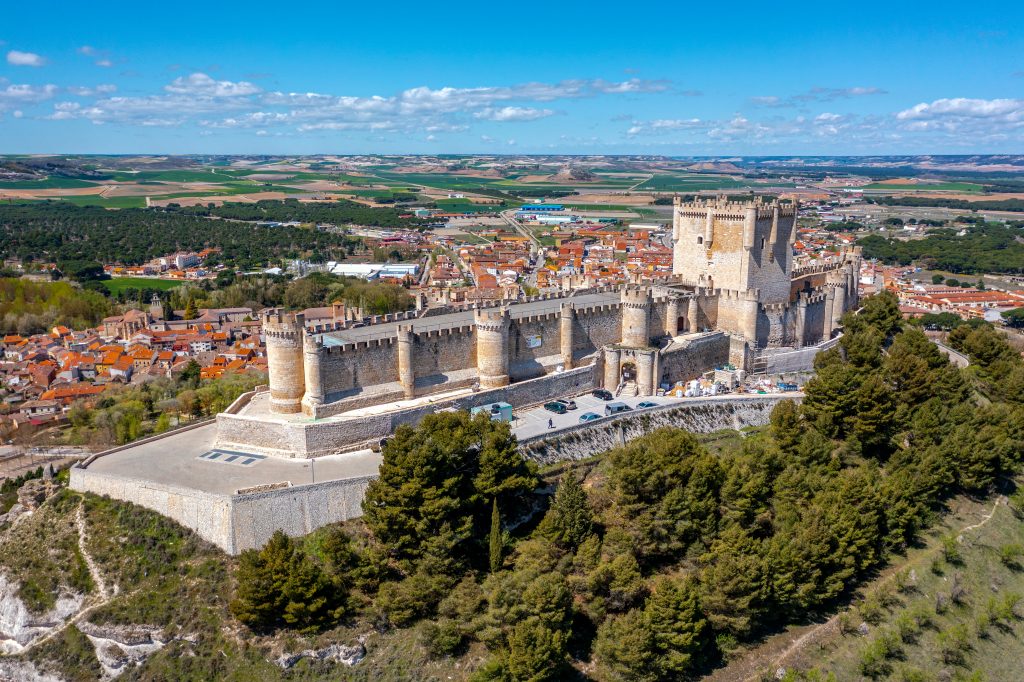
While Rioja may get most of the attention, the Ribera del Duero wine region is a hidden gem that should not be missed. Located near the banks of the Duero River in the heart of Spain, Ribera del Duero is a treasure trove for wine enthusiasts. In addition to being known for producing some of the nation’s finest wines, the region is also home to the magnificent Castillo de Peñafiel, an iconic castle perched atop a hill overlooking the vineyards and serving as a symbol of the region’s rich history and winemaking heritage. The region is best known for its bold and powerful red wines, mostly made from the Tempranillo grape, known locally as Tinto Fino. These wines are a testament to the region’s ability to combine traditional methods with modern innovation, producing wines that are as me
Discovering the Distinct Flavors of Ribera del Duero Wines
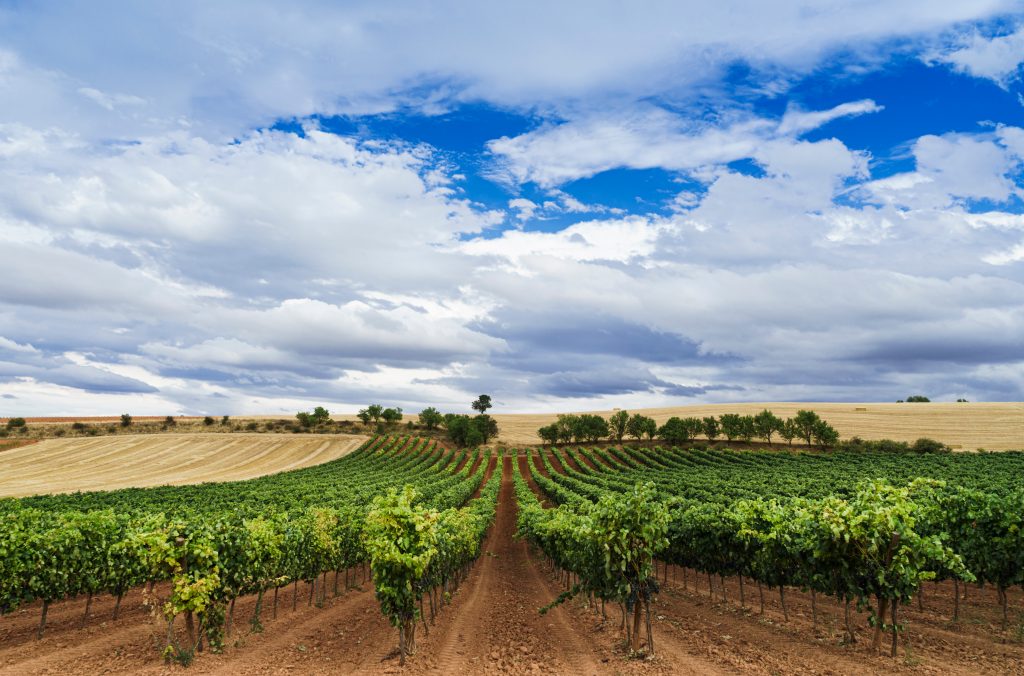
Ribera del Duero wines are characterized by their intense dark fruit flavors, firm tannins, and a rich, full-bodied profile. The region’s extreme climate, with hot summers and cold winters, contributes to the concentration and complexity of the wines. The oak aging process adds layers of spice and vanilla, enhancing the overall character of Ribera del Duero wines.
Other notable Spanish wine regions
While Rioja and Ribera del Duero are undoubtedly the stars of Spanish wine regions, there are other regions worth exploring.
Canary Islands: A Surprising Wine Destination
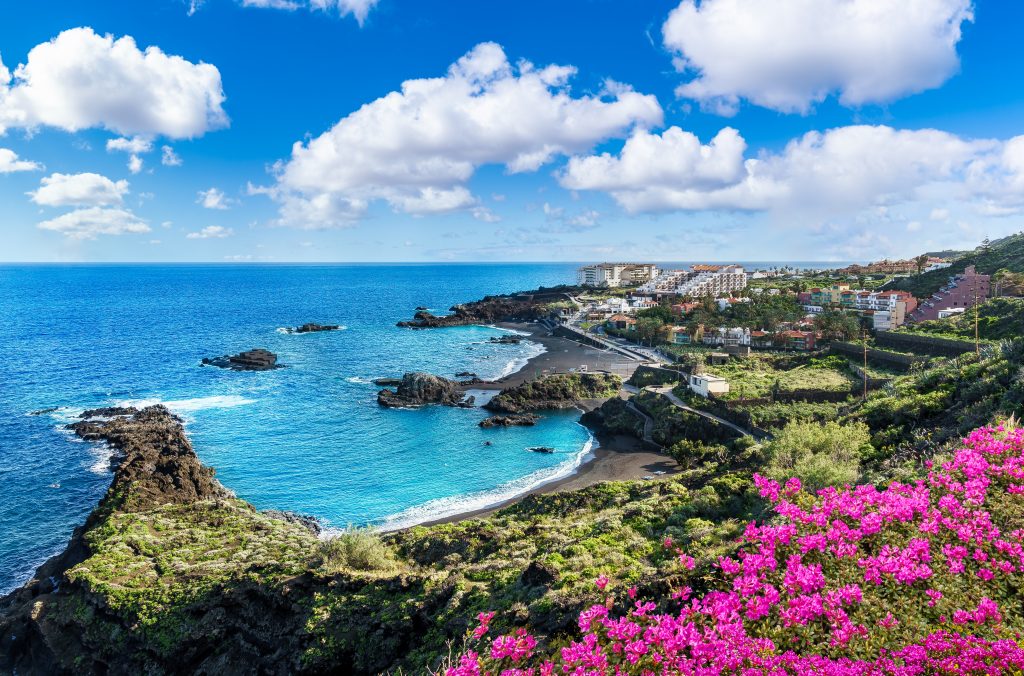
The Canary Islands, located off the northwest coast of Africa, may not be the first place that comes to mind when thinking of Spanish wines, but it is a surprising wine destination. The volcanic soils and unique microclimates of the islands produce wines with distinct flavors and aromas. From crisp whites to elegant reds, the Canary Islands offer a diverse range of wines to satisfy any palate.
Basque Country: A Region of Diverse wine offerings
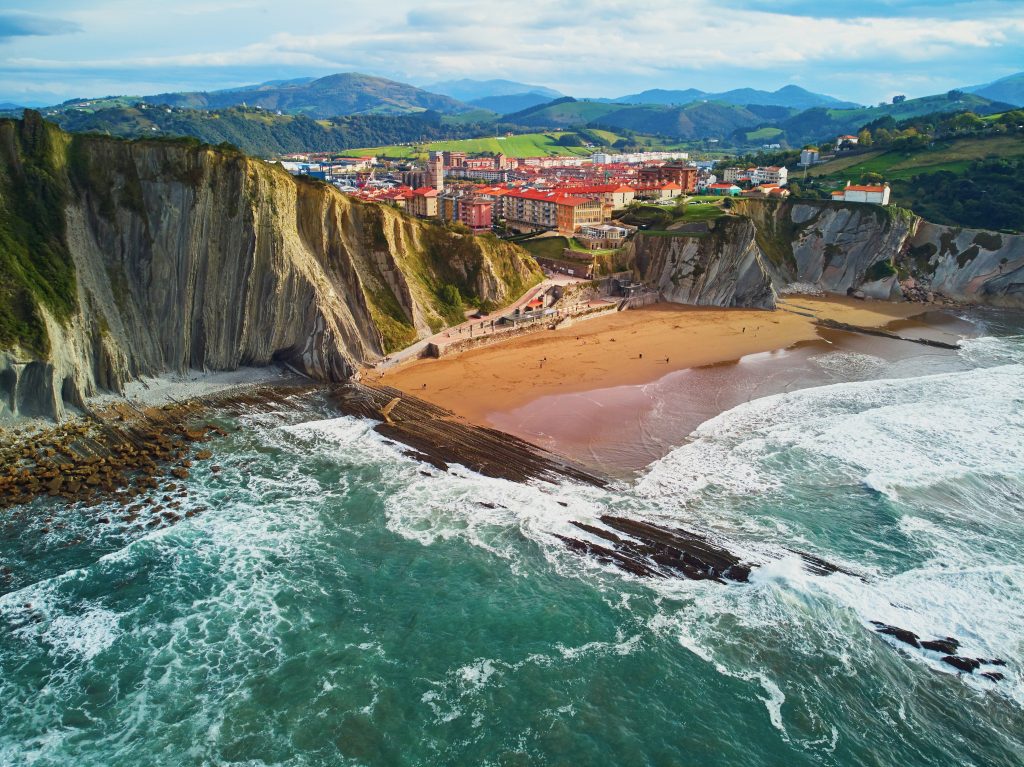
The Basque Country, known for its vibrant culture and cuisine, is also home to a diverse range of wines. From the crisp and refreshing white wines of Getariako Txakolina to the earthy and aromatic reds of Rioja Alavesa, the Basque Country offers a unique wine experience that perfectly complements its culinary delights.
Southern Spain: From Sherry in Jerez de la Frontera to White Wines in Rías Baixas
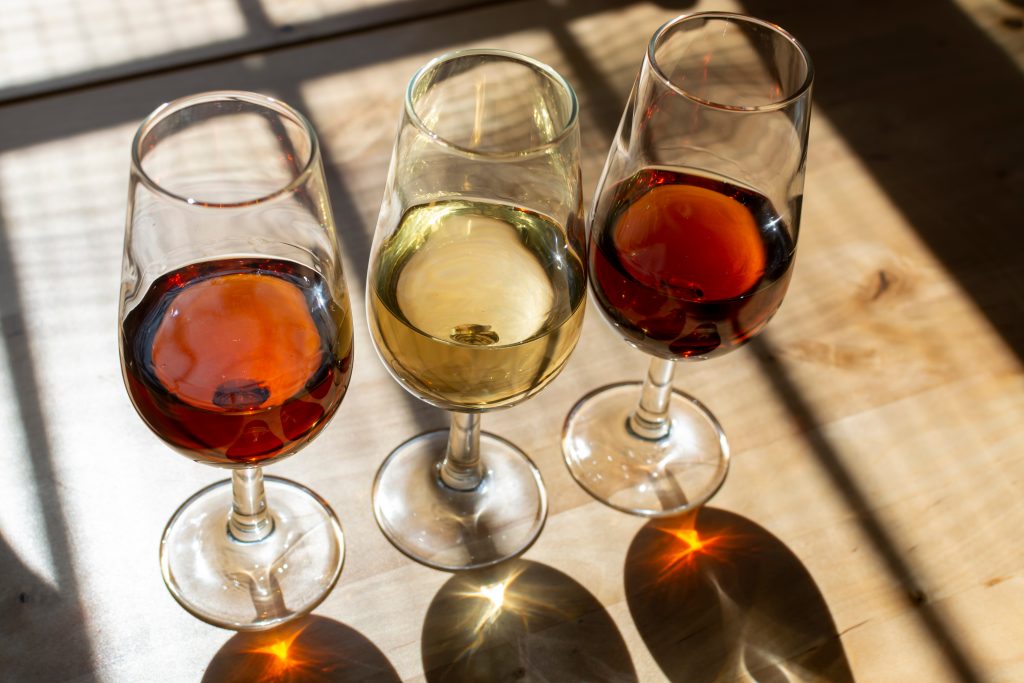
Southern Spain is a treasure trove of wine regions, each with its own specialties. In Jerez de la Frontera, the birthplace of sherry, you can explore the world of fortified wines and indulge in the unique flavors of this ancient drink. On the other side of the country, in the region of Rías Baixas, you’ll find refreshing and vibrant white wines made from the Albariño grape, which thrives in the region’s cool and damp climate.
Santiago de Compostela and the Rías Baixas Wine Region
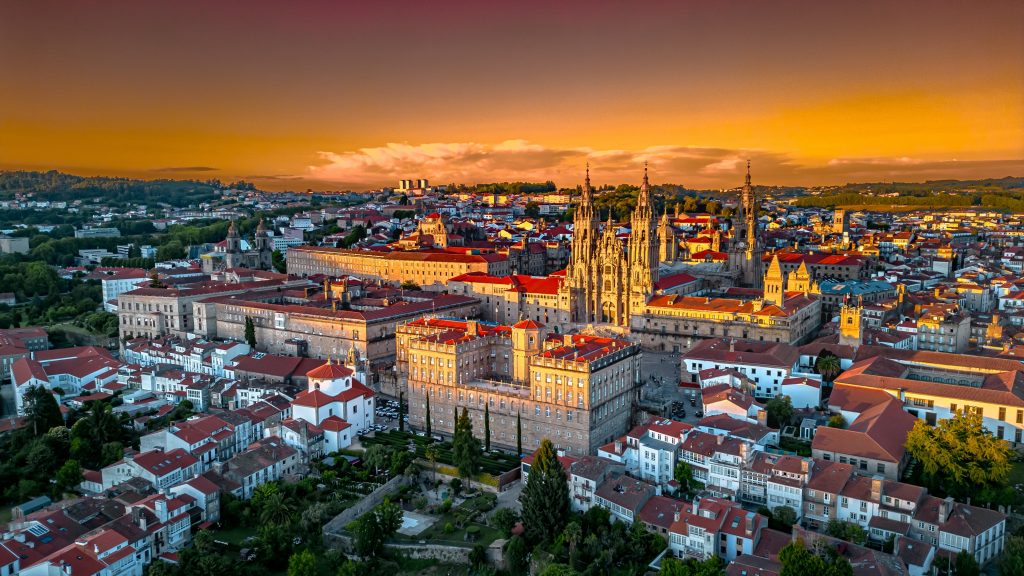
Santiago de Compostela, the capital of Galicia, is not only a pilgrimage destination but also the gateway to the Rías Baixas wine region. The Atlantic Ocean has a significant impact on the cool, damp climate of Ras Baixas, which is in the northwest of Spain. This unique terroir allows for the production of crisp and aromatic white wines, with Albariño being the star grape variety.
Grape varieties in Spanish wine regions
Spain is home to a wide variety of grape varieties, each contributing to the unique flavors and characteristics of its wines. While Tempranillo may be the iconic grape of Spanish wines, there are other notable varieties that deserve recognition.
Tempranillo: The Iconic Grape of Spanish Wines
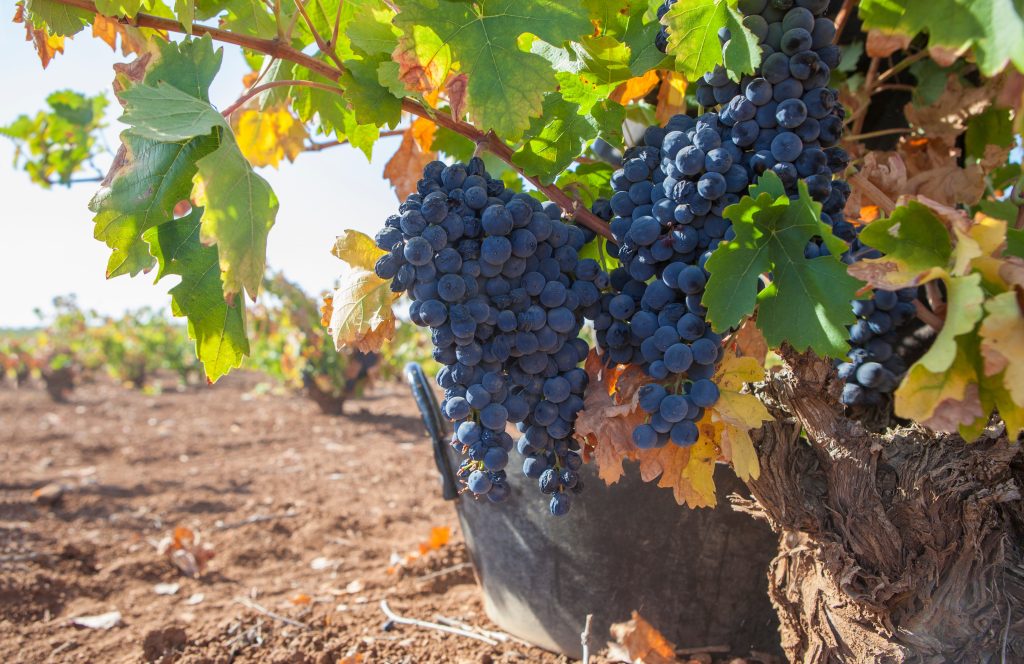
Tempranillo
Tempranillo is the backbone of many Spanish wines, including those produced in Rioja and Ribera del Duero. Known for its versatility, tempranillo can produce wines ranging from light and fruity to bold and structured. Its flavors of red berries, leather, and spice make it a perfect match for the rich and diverse cuisine of Spain.
Other Notable Grape Varieties

Garnacha
In addition to Tempranillo, Spain is home to a plethora of grape varieties that showcase the country’s winemaking prowess. Garnacha, also known as grenache, is widely planted and produces fruity and aromatic wines. Monastrell, known as Mourvèdre in other parts of the world, thrives in the hot and arid climate of southern Spain and produces bold and powerful red wines. Verdejo, native to the Rueda region, produces crisp and refreshing white wines with notes of citrus and tropical fruits.
Wine Production and Traditions in Spain
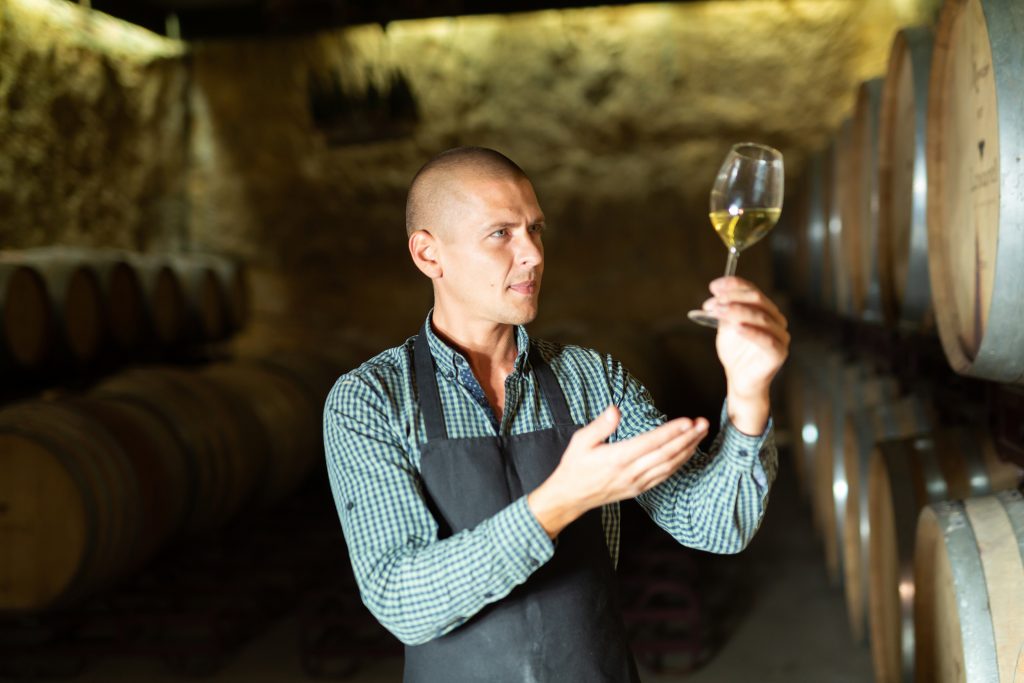
Wine production in Spain is deeply rooted in tradition and reflects the country’s rich history. From the vineyard to the cellar, winemakers follow age-old practices and techniques that have been passed down through generations.
The Impact of the Mediterranean Climate
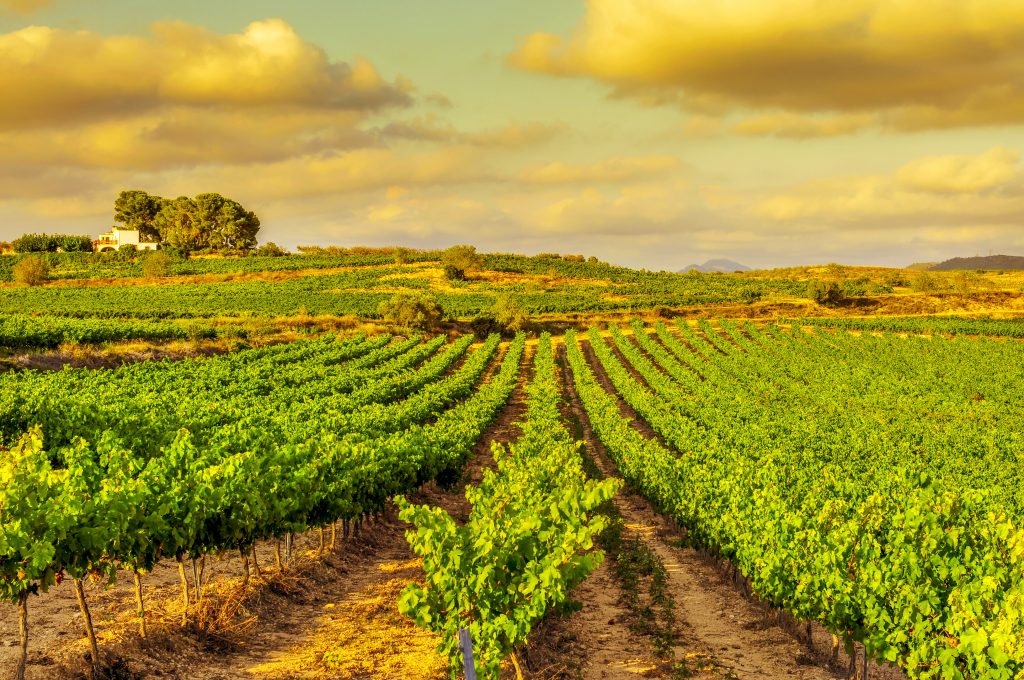
The Mediterranean climate, characterized by hot and dry summers and mild winters, has a significant impact on Spanish wine production. It provides the ideal conditions for grape ripening and contributes to the concentration of flavors and sugars in the fruit. This climate is particularly favorable for the production of red wines, allowing the grapes to reach optimal maturity.
The influence of the Atlantic Ocean on wines from Rías Baixas
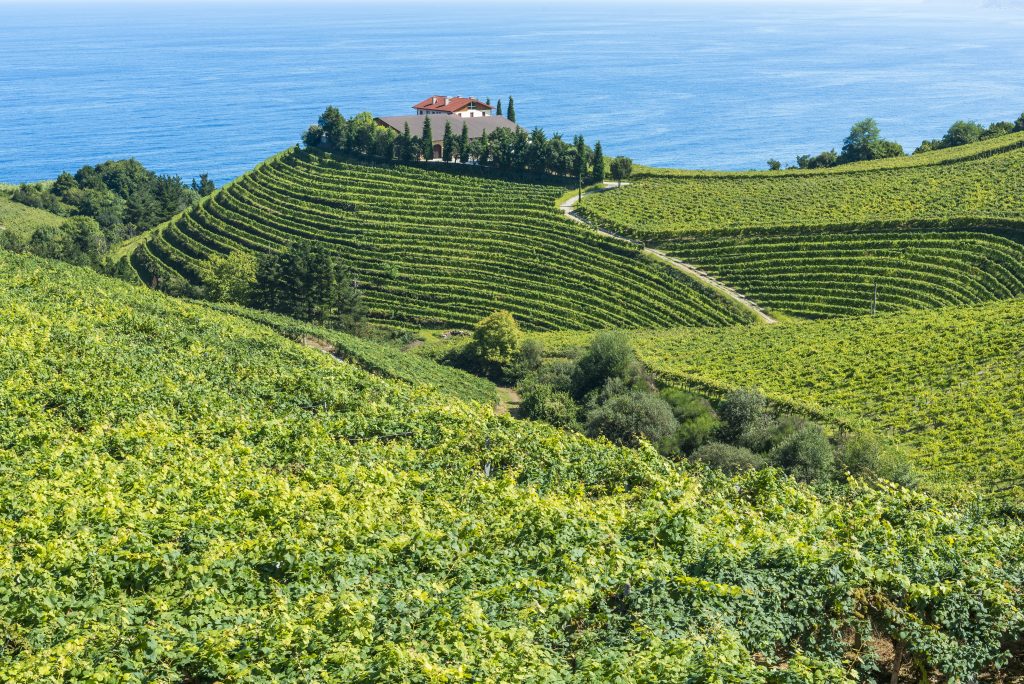
The Atlantic Ocean has a significant influence on the wines of Ras Baixas, in contrast to the Mediterranean climate. The cool and damp climate, with high rainfall and ocean breezes, creates the perfect conditions for the production of crisp and aromatic white wines. The proximity to the ocean also lends a distinct saline character to the wines, adding complexity and freshness.
UNESCO World Heritage sites in Spanish wine regions
In addition to their exceptional wines, many Spanish wine regions are also home to UNESCO World Heritage sites, making them even more enticing for travelers. From the historic city of Santiago de Compostela to the medieval village of Laguardia in Rioja Alavesa, these sites offer a glimpse into Spain’s rich cultural heritage.
Wine and food pairing in Spanish cuisine
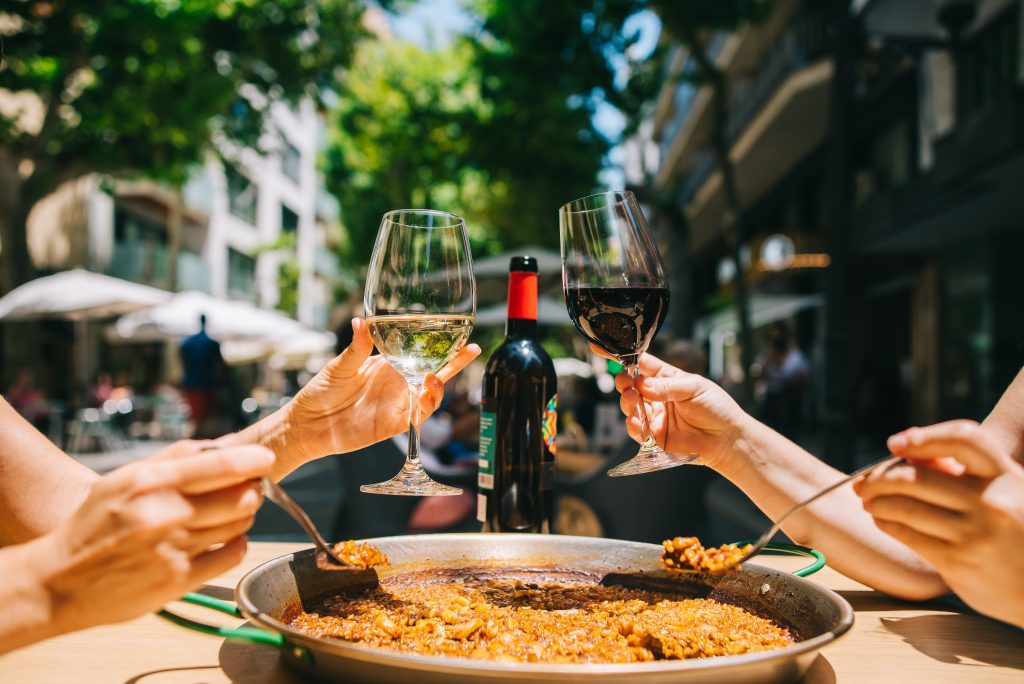
Spanish cuisine is as diverse and flavorful as its wines, and the two go hand in hand. Whether it’s the perfect match of Rioja with roasted lamb or the refreshing pairing of Albariño with seafood, Spanish wines are meant to be enjoyed alongside the country’s traditional dishes. From tapas to paella, the possibilities for wine and food pairing are endless.
Spanish wines: Great value for wine lovers
One of the greatest advantages of Spanish wines is their exceptional value for money. With a wide range of price points, from affordable everyday wines to high-end bottles, Spanish wines offer something for every budget. Whether you’re a wine connoisseur or just starting your wine journey, you’ll find that Spanish wines deliver excellent quality and value.
Conclusion:
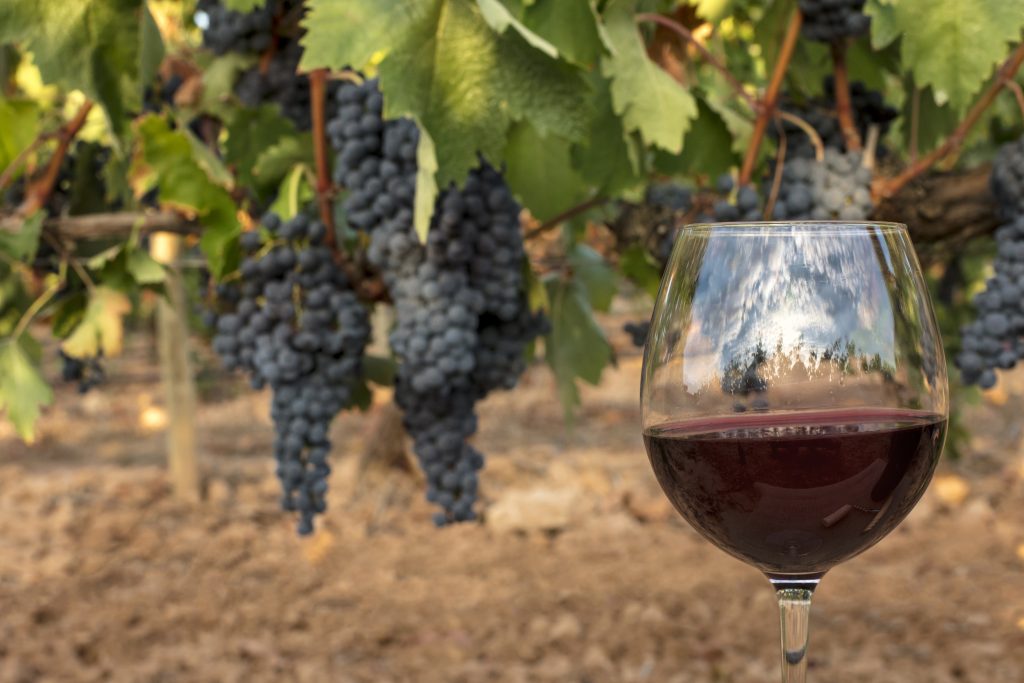
Embark on a journey through Spain’s enchanting wine regions, where each sip tells a story of centuries-old traditions and innovative winemaking. From the iconic Rioja wine tours to the hidden gems, Spain’s answer to the world of wine is a mosaic of quality wines, rich wines, and sparkling wines, all waiting to be discovered. Other regions of Spain, such as Castilla y León and the Balearic Islands, offer a plethora of experiences, from wine tastings amidst ancient Roman ruins and Gothic architecture to exploring vineyards with old vines and enjoying the local cuisine. As the 3rd largest producer of wine, Spain invites you to explore its top wine regions, home to the best wineries and a wide range of wine grapes. Whether you’re a connoisseur or a casual enthusiast, the wine regions of Spain promise unforgettable experiences, with each region offering its unique take on the traditional method of winemaking. So raise a glass to Spain’s rich wine heritage and indulge in the perfect place for discovering the delicious wines and quality wines that make Spain a great place for wine lovers. Cheers to the best way to experience the best wine regions of Spain!
Read Next: THE HIDDEN GEMS OF EUROPE: 10 MUST-SEE PLACES TO VISIT THIS SUMMER